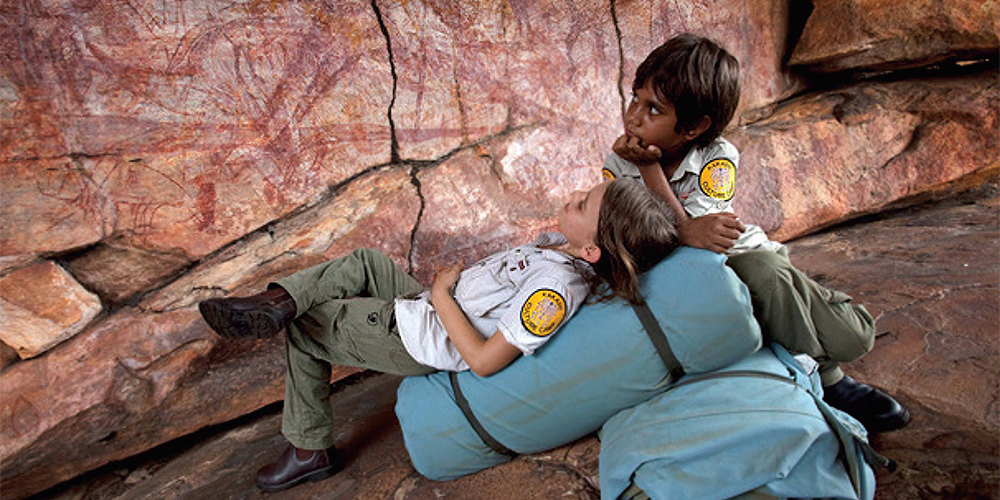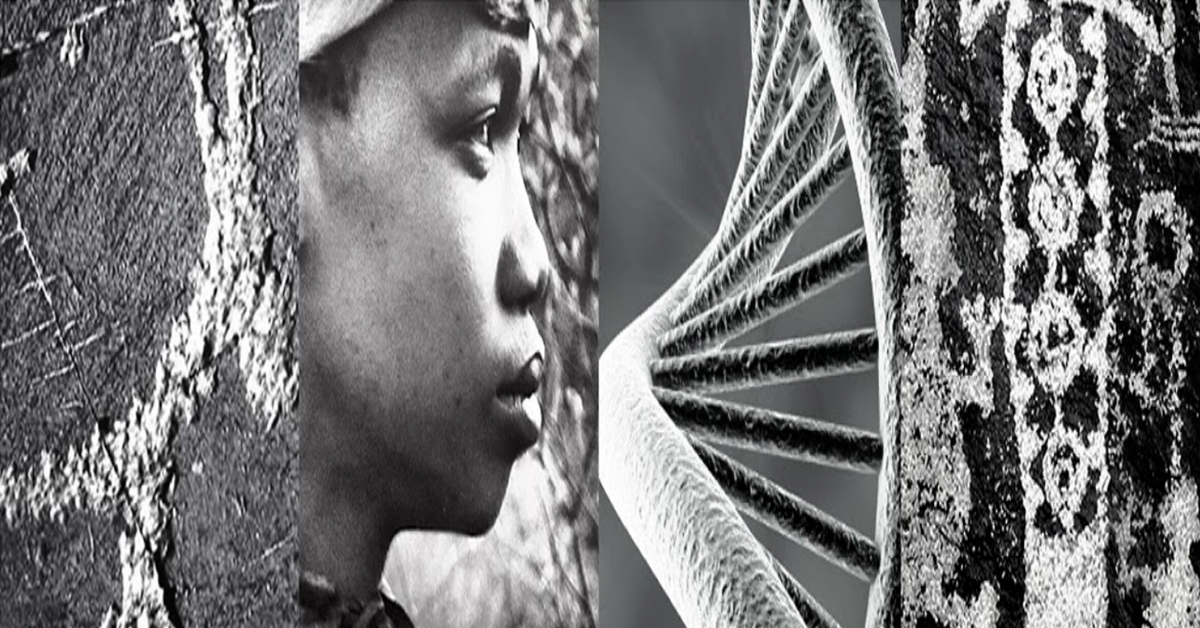
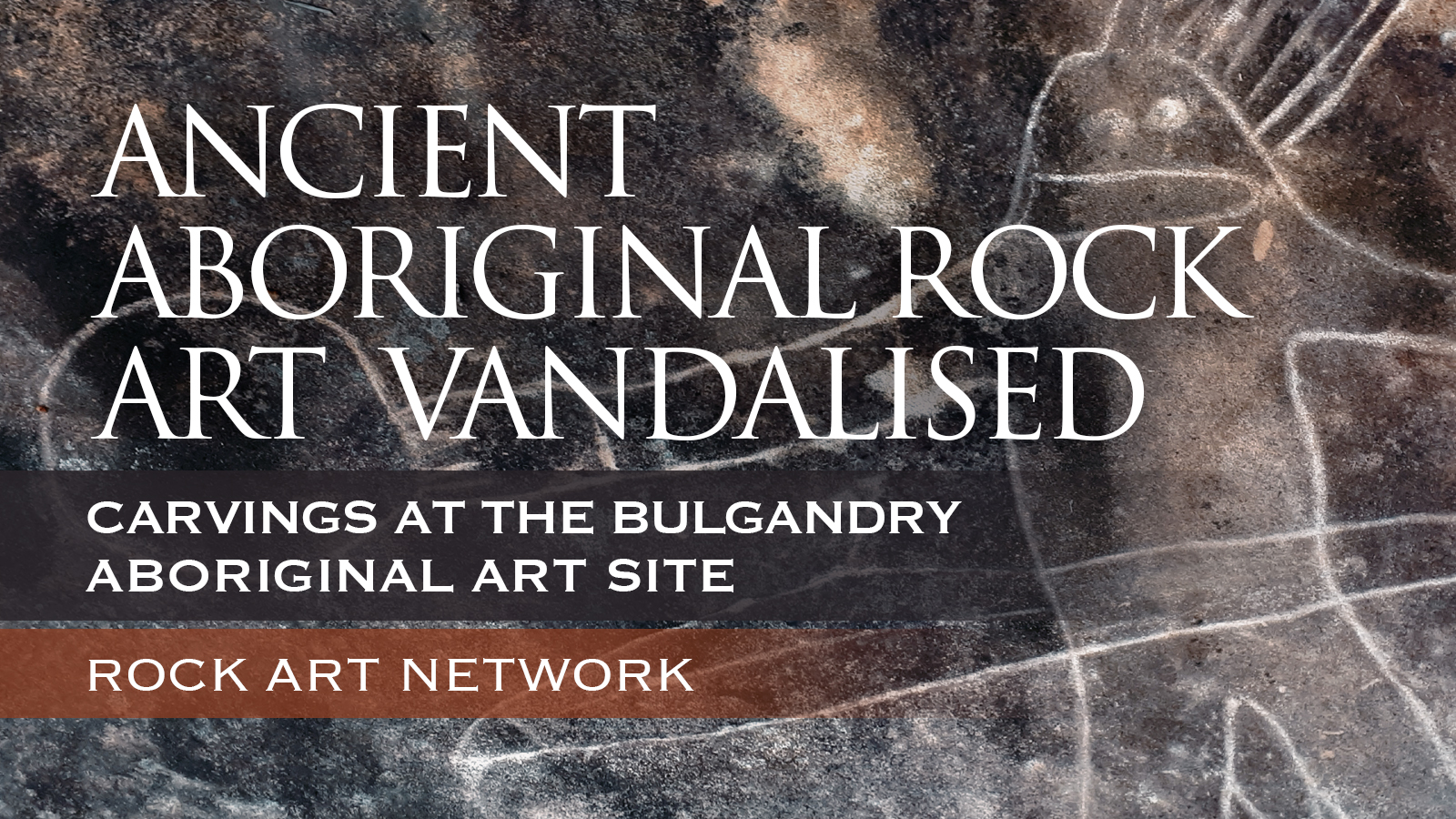
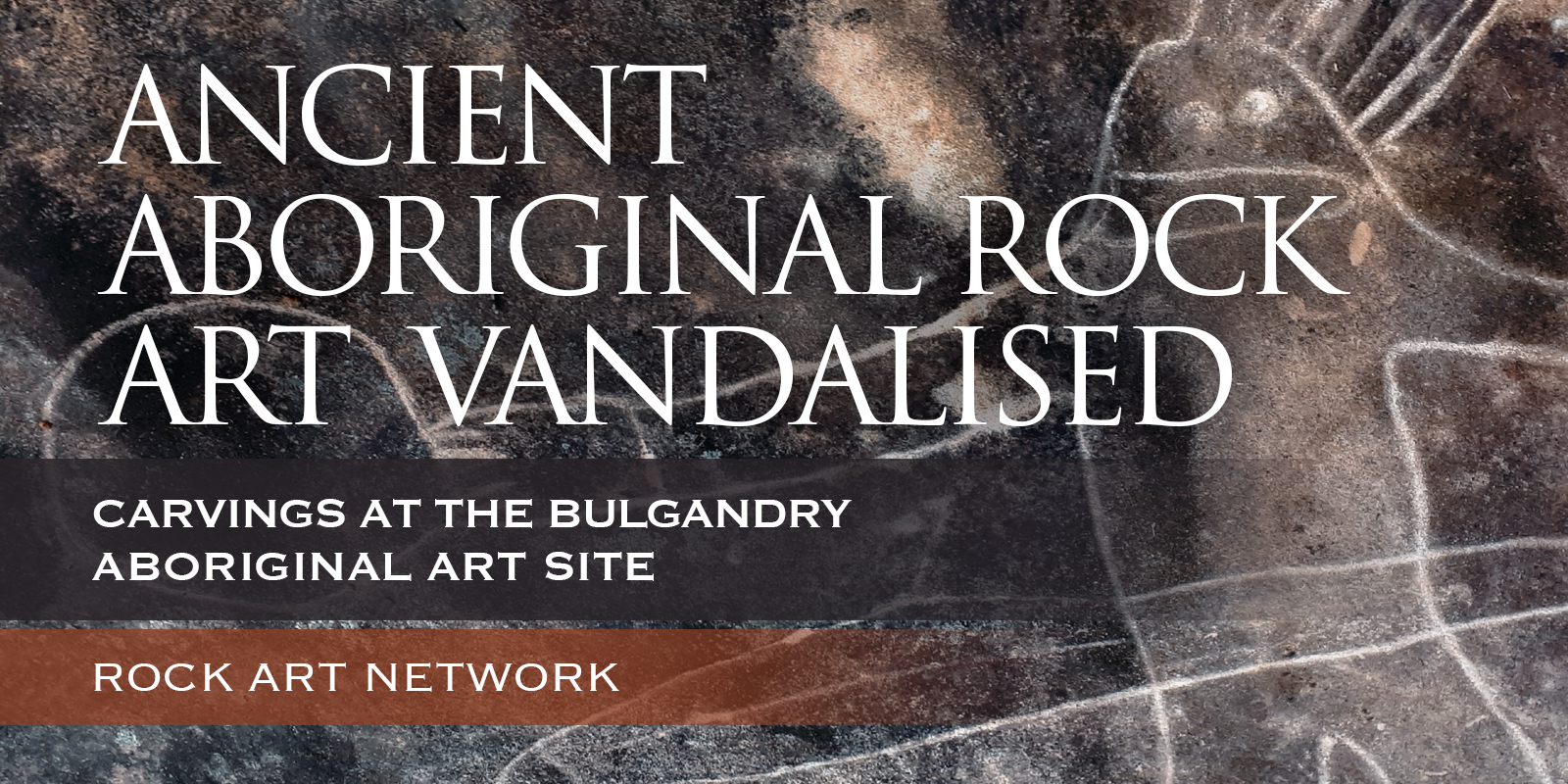
Rock art - ancient paintings and engravings on rock surfaces - is a visual record of global human history. It is a shared heritage that links us to powerful ancestral worlds and magnificent landscapes of the past. It tells the story of the birthplaces of art, the dawn of artistic endeavors. It creates connections to significant places and depicts encounters with the surrounding living world. Through its existence nature and culture are connected in the landscape. It resonates with our individual and collective identity while stimulating a vital sense of belonging to a greater past. Rock art illustrates the passage of time over tens of thousands of years of environmental and cultural change. It incarnates the essence of human ingenuity and facilitates contacts today between cultures and aspects of spirituality. Rock art is artistically compelling and full of meaning. This fragile and irreplaceable visual heritage has worldwide significance, contemporary relevance and for many indigenous peoples is still part of their living culture. If we neglect, destroy, or disrespect rock art we devalue our future.
Carvings at the Bulgandry Aboriginal Art Site near Kariong were damaged, along with a separate sacred women's site dating back thousands of years, with each telling a unique story about Aboriginal culture and spirituality. Wiradjuri woman Minmi Gugubarra said the destruction of the ancient rock carvings at the women's site was heartbreaking, stating "The formations and the features of [Dinawan's] face, which have been here since those women who carved this thousands and thousands of years ago, have now been decapitated." Fire remnants also littered the ancient rock face.
Damage was evident as well at the Bulgandry site - within the Brisbane Water National Park - with motorcycle tracks and scratch marks over the rock carvings. The vandalism occurred despite the National Parks and Wildlife Act where it is an offence to "harm or desecrate" an Aboriginal object or place, and where there is a maximum penalty for individuals found guilty of damaging an Aboriginal place of a $550,000 fine or imprisonment for two years, or both.
University of Sydney historian Tristen Jones said vandalism was happening at important cultural sites right across Australia. Two men were recently convicted and fined $8,600 each in an Alice Springs local court for vandalising sacred Uluru cave art. Dr Jones said the ongoing instances of vandalism showed more education was needed. "Vandalism of places like that really represents an under-educated general Australian public on the significance of these places to Aboriginal communities," she said. "But [also] to the broader bigger story of the significance of that story to Australian and global history."
→ To read the full article: Click here
ancient rock carvings at
Bulgandry Aboriginal Art Site.
Photograph: Bulgandry Man, Brisbane Water National Park, NSW, Australia, licensed under the Creative Commons Attribution-Share Alike 4.0 International license.
→ Members and affiliated institutions of the Rock Art Network
by
George Nash
5/09/2024 Recent Articles
→ Sigubudu: Paintings of people with guns in the northern uKhahlamba-Drakensberg
by Aron Mazel
22/07/2024
by Richard Kuba
13/06/2024
by Meenakshi Dubey-Pathak
8/03/2024
by Rock Art Network
6/02/2024
by Rock Art Network
14/12/2023
by Sam Challis
5/12/2023
by Aron Mazel
30/11/2023
by Sam Challis
21/11/2023
by Sam Challis
15/11/2023
by Sam Challis
10/11/2023
by Rock Art Network
6/11/2023
by Rock Art Network
3/11/2023
by Aron Mazel
2/11/2023
by Meenakshi Dubey-Pathak
26/09/2023
by Paul Taçon
24/08/2023
by Aron Mazel
13/06/2023
by Paul Taçon
5/06/2023
by Paul Taçon
15/03/2023
by George Nash
14/03/2023
by Noel Hidalgo Tan
10/02/2023
by George Nash
01/02/2023
by Meenakshi Dubey-Pathak, Pilar Fatás Monforte
29/11/2022
by Aron Mazel, George Nash
21/09/2022
by Paul S.C. Taçon, Sally K. May, Ursula K. Frederick, Jo McDonald
07/07/2022
by Meenakshi Dubey-Pathak
26/07/2022
by Paul Taçon
20/07/2022
by David Coulson
16 June 2022
by Paul Taçon
25 April 2022
by Noel Hidalgo Tan
20 April 2022
by Meenakshi Dubey-Pathak
14 March 2022
by Carolyn Boyd & Pilar Fatás
02 March 2022
by David Coulson
07 February 2022
by Johannes H. N. Loubser
06 February 2022
by Meenakshi Dubey-Pathak
05 February 2022
by Aron Mazel
28 January 2022
by Aron Mazel
8 September 2021
by David Coulson
17 August 2021
by Ffion Reynolds
21 June 2021
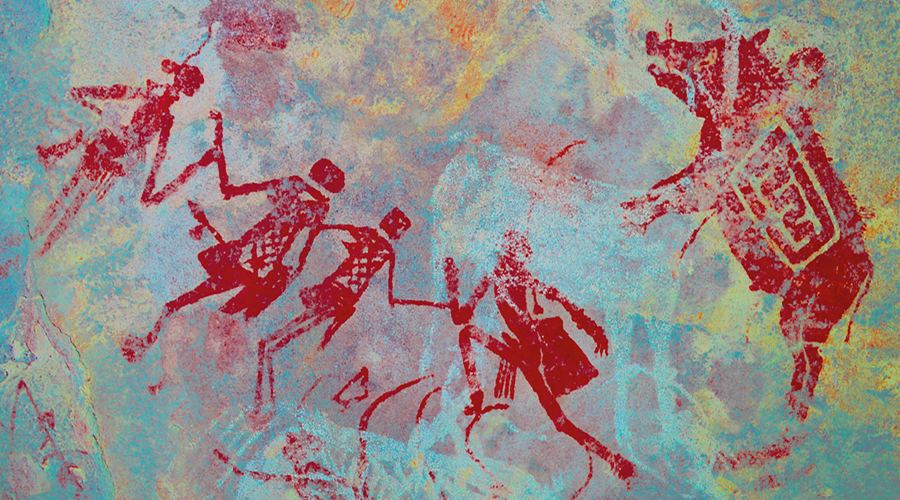
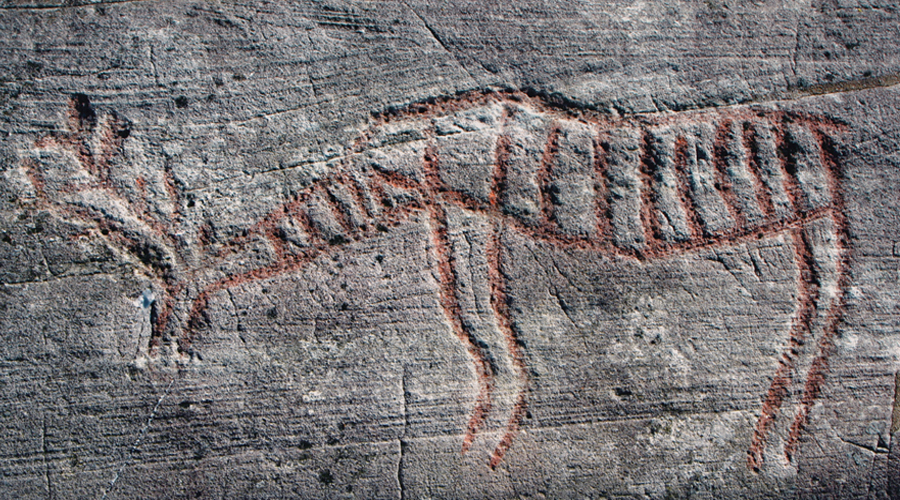
by Aron Mazel
22/07/2024
by Richard Kuba
13/06/2024
by Meenakshi Dubey-Pathak
8/03/2024
by Rock Art Network
6/02/2024
by Rock Art Network
14/12/2023
by Sam Challis
5/12/2023
by Aron Mazel
30/11/2023
by Sam Challis
21/11/2023
by Sam Challis
15/11/2023
by Sam Challis
10/11/2023
by Rock Art Network
6/11/2023
by Rock Art Network
3/11/2023
by Aron Mazel
2/11/2023
by Meenakshi Dubey-Pathak
26/09/2023
by Paul Taçon
24/08/2023
by Aron Mazel
13/06/2023
by Paul Taçon
5/06/2023
by Paul Taçon
15/03/2023
by George Nash
14/03/2023
by Noel Hidalgo Tan
10/02/2023
by George Nash
01/02/2023
by Meenakshi Dubey-Pathak, Pilar Fatás Monforte
29/11/2022
by Aron Mazel, George Nash
21/09/2022
by Paul S.C. Taçon, Sally K. May, Ursula K. Frederick, Jo McDonald
07/07/2022
by Meenakshi Dubey-Pathak
26/07/2022
by Paul Taçon
20/07/2022
by David Coulson
16 June 2022
by Paul Taçon
25 April 2022
by Noel Hidalgo Tan
20 April 2022
by Meenakshi Dubey-Pathak
14 March 2022
by Carolyn Boyd & Pilar Fatás
02 March 2022
by David Coulson
07 February 2022
by Johannes H. N. Loubser
06 February 2022
by Meenakshi Dubey-Pathak
05 February 2022
by Aron Mazel
28 January 2022
by Aron Mazel
8 September 2021
by David Coulson
17 August 2021
by Ffion Reynolds
21 June 2021
Friend of the Foundation


by Aron Mazel
22/07/2024
by Richard Kuba
13/06/2024
by Meenakshi Dubey-Pathak
8/03/2024
by Rock Art Network
6/02/2024
by Rock Art Network
14/12/2023
by Sam Challis
5/12/2023
by Aron Mazel
30/11/2023
by Sam Challis
21/11/2023
by Sam Challis
15/11/2023
by Sam Challis
10/11/2023
by Rock Art Network
6/11/2023
by Rock Art Network
3/11/2023
by Aron Mazel
2/11/2023
by Meenakshi Dubey-Pathak
26/09/2023
by Paul Taçon
24/08/2023
by Aron Mazel
13/06/2023
by Paul Taçon
5/06/2023
by Paul Taçon
15/03/2023
by George Nash
14/03/2023
by Noel Hidalgo Tan
10/02/2023
by George Nash
01/02/2023
by Meenakshi Dubey-Pathak, Pilar Fatás Monforte
29/11/2022
by Aron Mazel, George Nash
21/09/2022
by Paul S.C. Taçon, Sally K. May, Ursula K. Frederick, Jo McDonald
07/07/2022
by Meenakshi Dubey-Pathak
26/07/2022
by Paul Taçon
20/07/2022
by David Coulson
16 June 2022
by Paul Taçon
25 April 2022
by Noel Hidalgo Tan
20 April 2022
by Meenakshi Dubey-Pathak
14 March 2022
by Carolyn Boyd & Pilar Fatás
02 March 2022
by David Coulson
07 February 2022
by Johannes H. N. Loubser
06 February 2022
by Meenakshi Dubey-Pathak
05 February 2022
by Aron Mazel
28 January 2022
by Aron Mazel
8 September 2021
by David Coulson
17 August 2021
by Ffion Reynolds
21 June 2021
Friend of the Foundation
